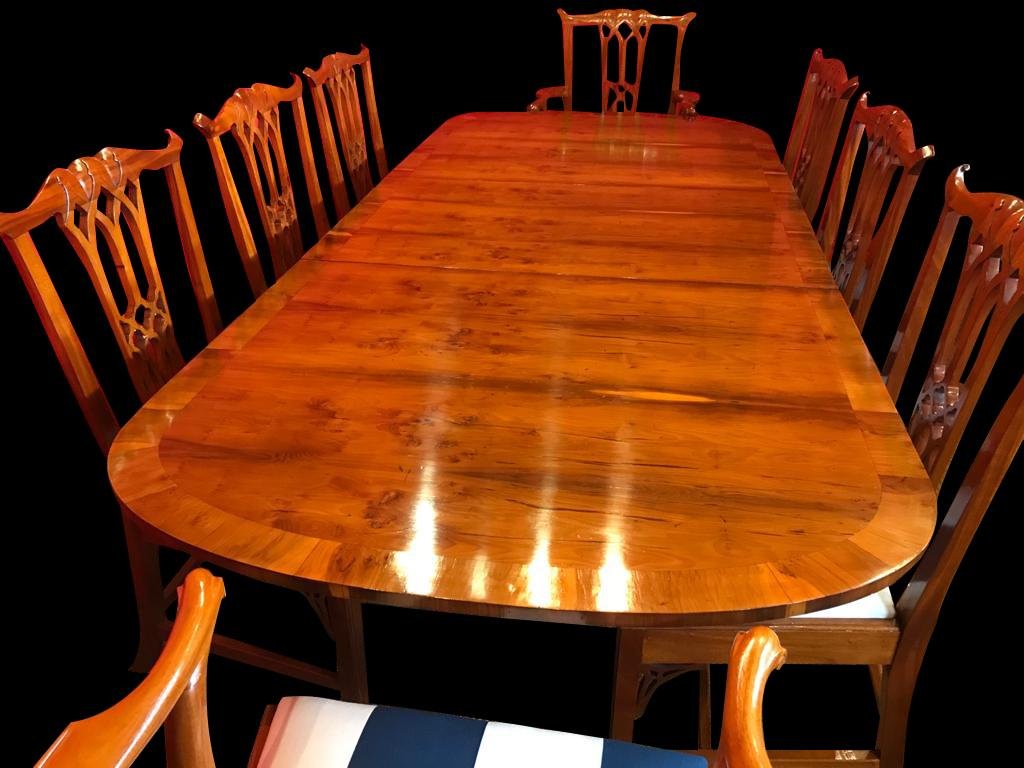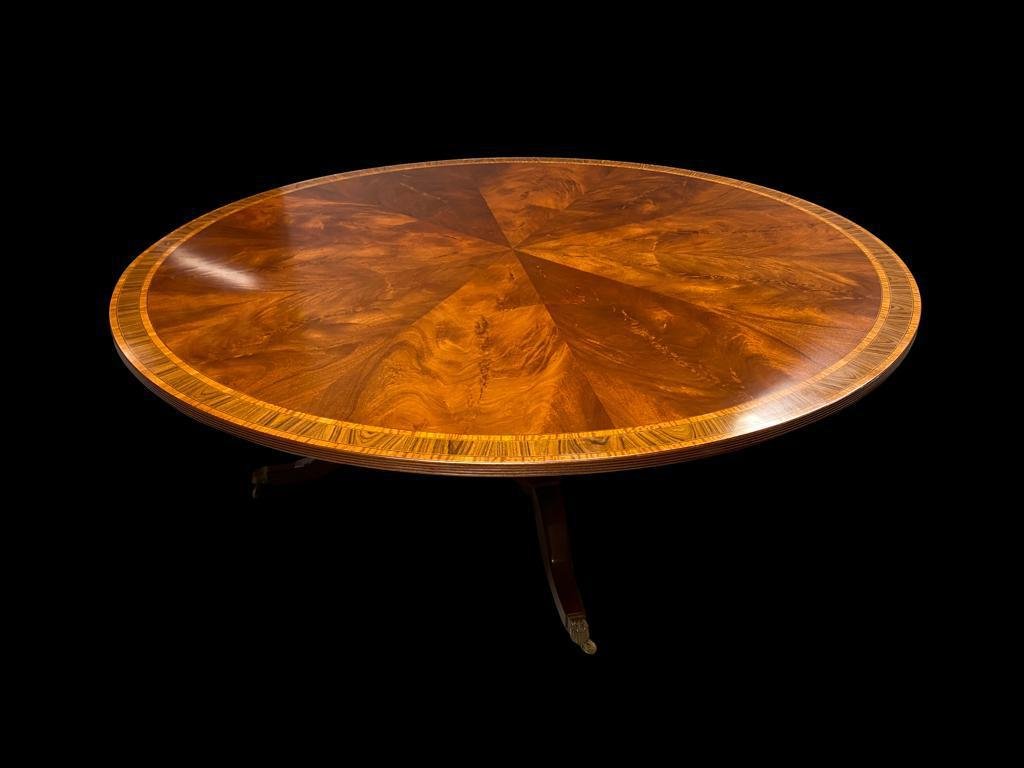With the exception of walnut which is available in a crown cut form, unlike mahogany, both of the other timbers would only be used as a decorative veneer.
Mahogany has long been the favorite timber preferred by British traditional cabinet makers it is readily available in solid or in several different veneer options which can offer very different visual effects. So which is best?
In years past we have seen mahogany sources change from Cuban to Brazilian and then today to African, whilst the general appearance of all three timbers remain the same the Cuban and Brazilian woods were or are much softer timbers to their African counterparts making them easier to carve and work with, rightly conservation methods and difficulty of supply means that today all of the main mahogany species used will be of African origin, so which is best Veneer or solid!
To answer this frequently asked question one needs to look at the merits of both options.
Veneer, This skin or thin cut of timber has many advantages over solid, it is more conservationist as less timber is used in the construction of any dining table or accompanying pieces, and it offers many decorative options depending on the type of cut used obtaining the veneer from the log and so offers the possibility of extra decoration on dining table tops or fronts of cabinets in the form of decorative bandings or prized curl or flame veneer cuts that can be book matched or quartet to give amazing kaleidoscope top effects.
In general, using less timber will also give a price benefit although this can be eroded by the extra labor costs required to produce a decorative effect.
Most veneers today are veneered on to stable composite boards such as MDF or other types of particle boards these modern composite boards are in general immune to movement so offer very stable materials from which to construct furniture, giving them a big advantage over solid materials and thus preventing possible problems that could be caused down the line with natural movement due to moisture loss or gain.
In general, veneer has a lot going for it, so what about solid, well, it’s easier to mention the disadvantages of this option first, and they are:
In general, solid is more expensive. It is less conservationist as more timber is used, whilst solid tops can be decorated with various veneers there is a risk that as the table expands and contracts from natural movement such veneers will show this movement, especially on highly polished tops.
There is always a risk that one plank in your tabletop will move, expand or contract at a different rate to its neighbors thus causing a crack or bend to occur in the table, at Elite Restorations & Designs, many of the tables we try and stock have been to avoid such an occurrence by making the solid tops from one log thus ensuring that the expansion or contraction rate remains the same for each plank of timber in the top, that said it is possible for the movement to occur occasionally.
So what are the plus points for solid timber?
The first, if you prefer natural timber with all its beautiful crown-figured graining and want a more authentic look to your table then undoubtedly solid timber is for you, the second advantage is one of time, and granted we may not be around to enjoy this minor advantage is the cost or investment value of the piece as undoubtedly in years to come solid timbers will not be readily available as they are today.
Finally, it’s worth noting that when if you ever visit a local retailer and ask for advice on the virtues of solid versus veneer once the salesman explains which in his opinion is the better buy between the two options ask if the alternative is also available from his store in many instances the answer will be no.
We at Elite UK, offer our customers both options from our HQ in Suffolk, United Kingdom.


